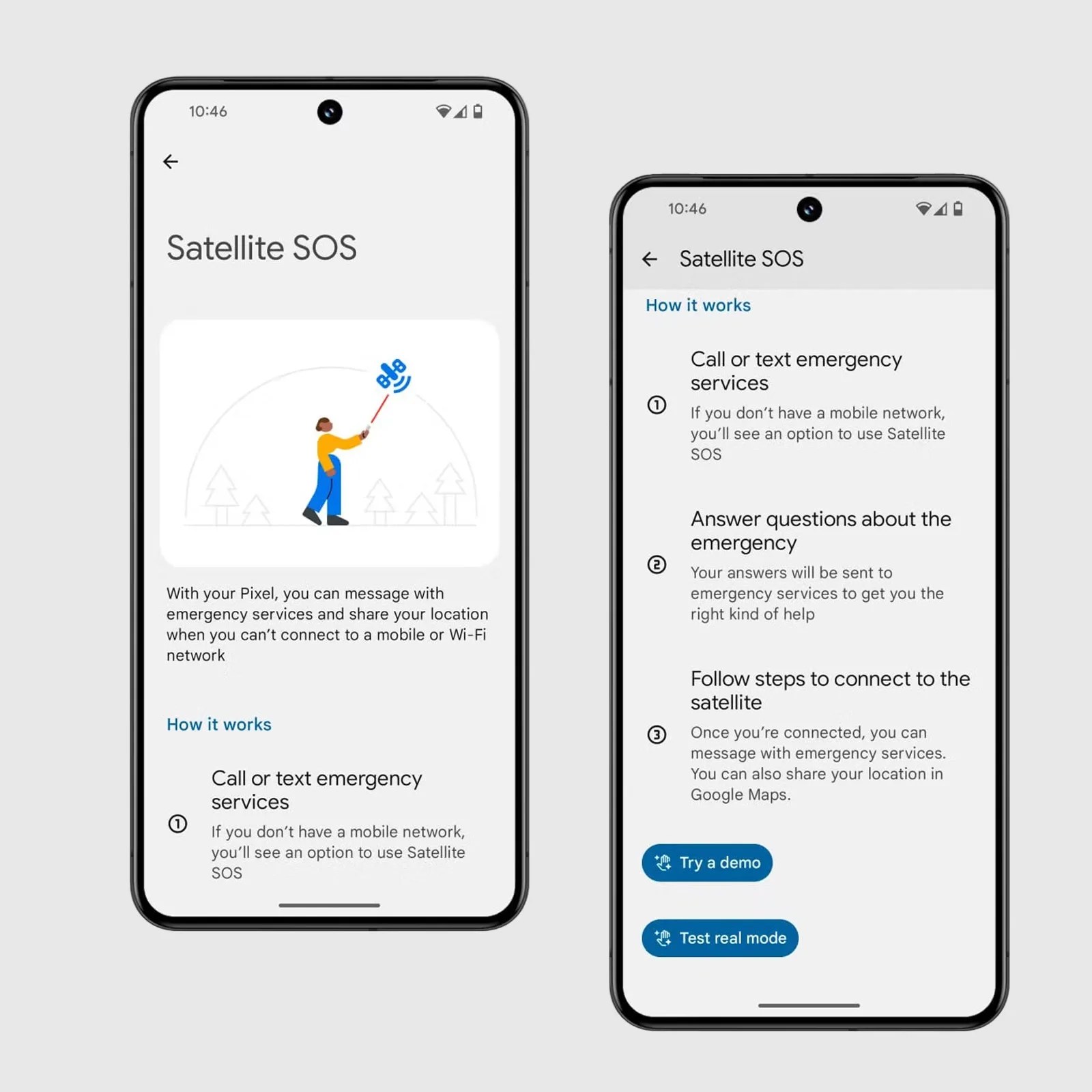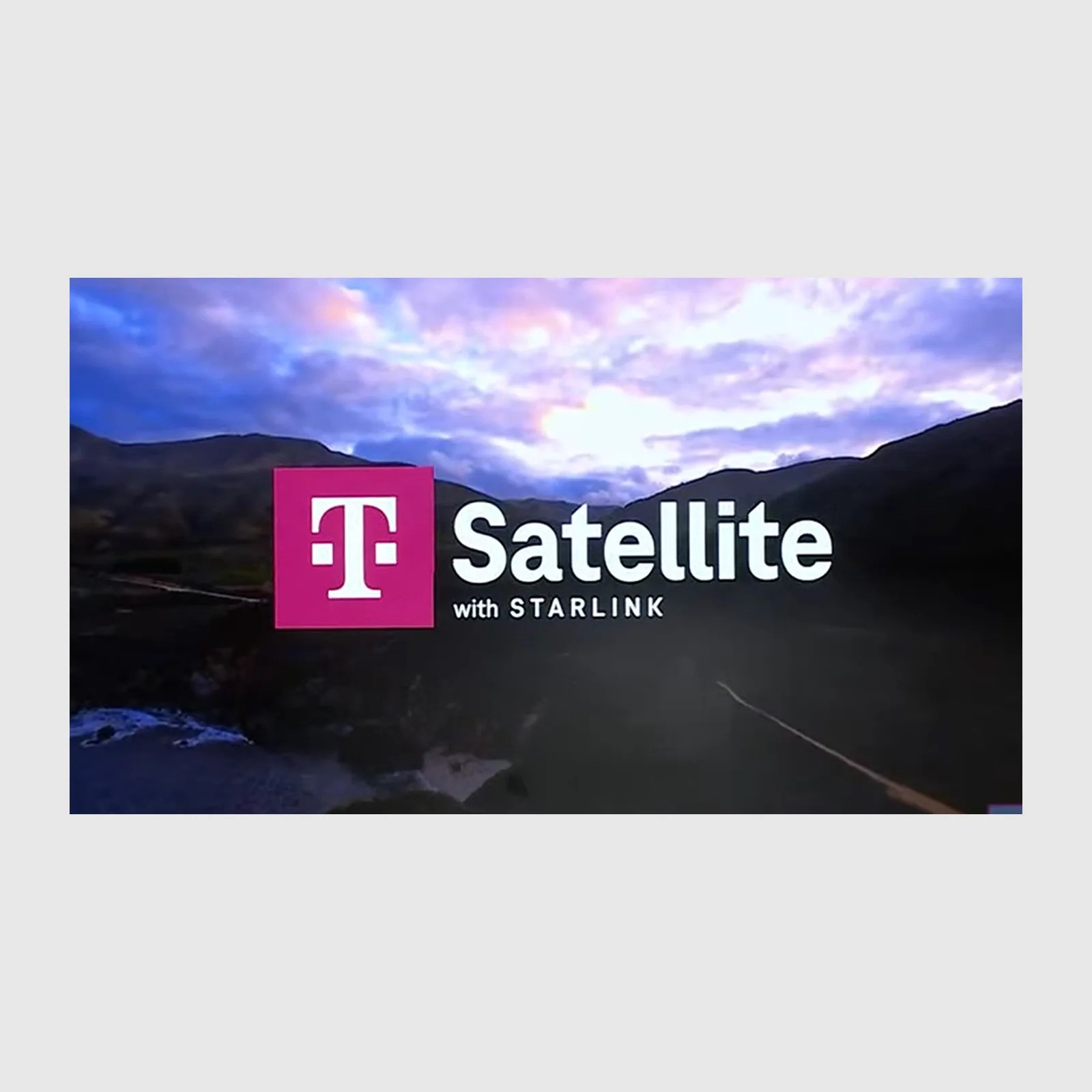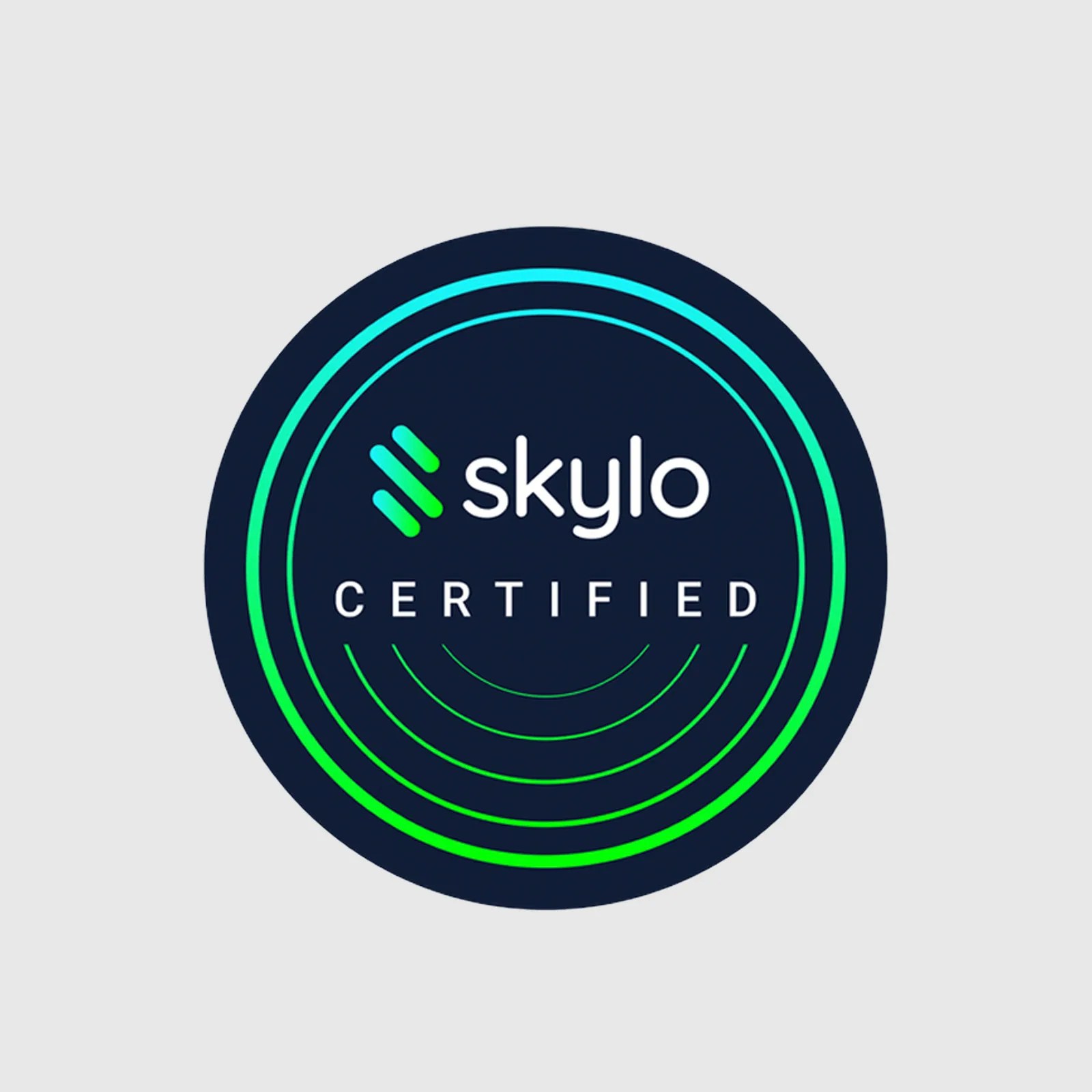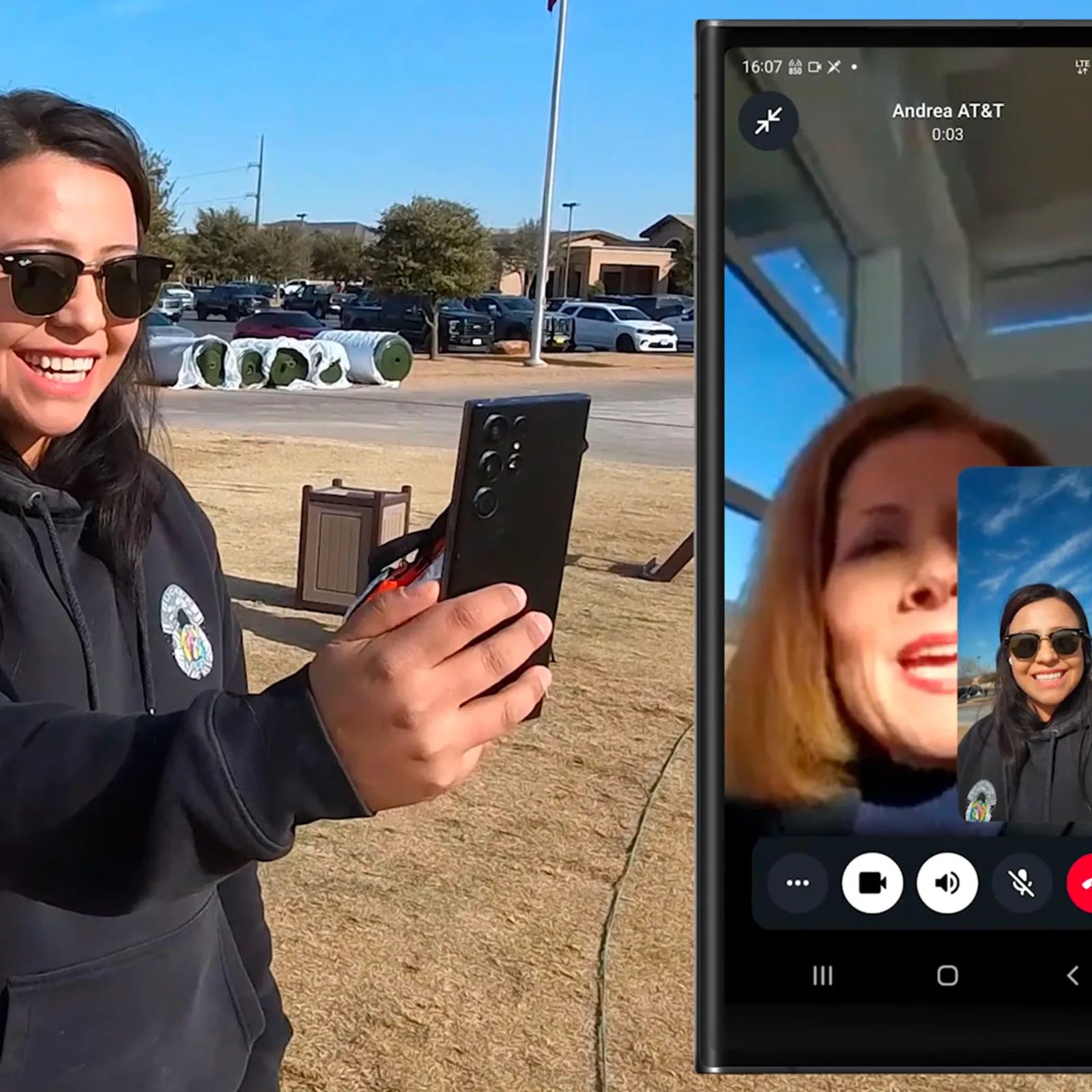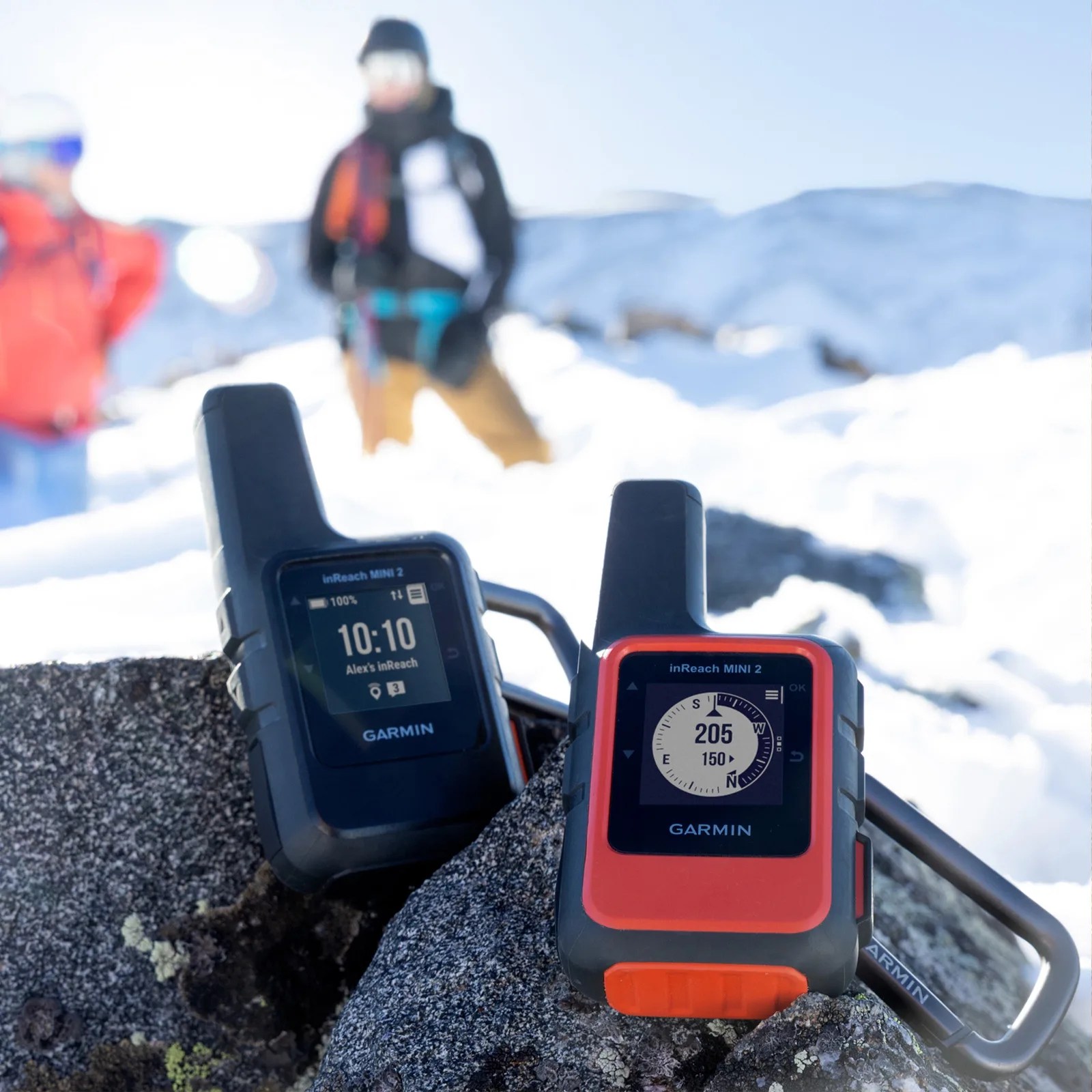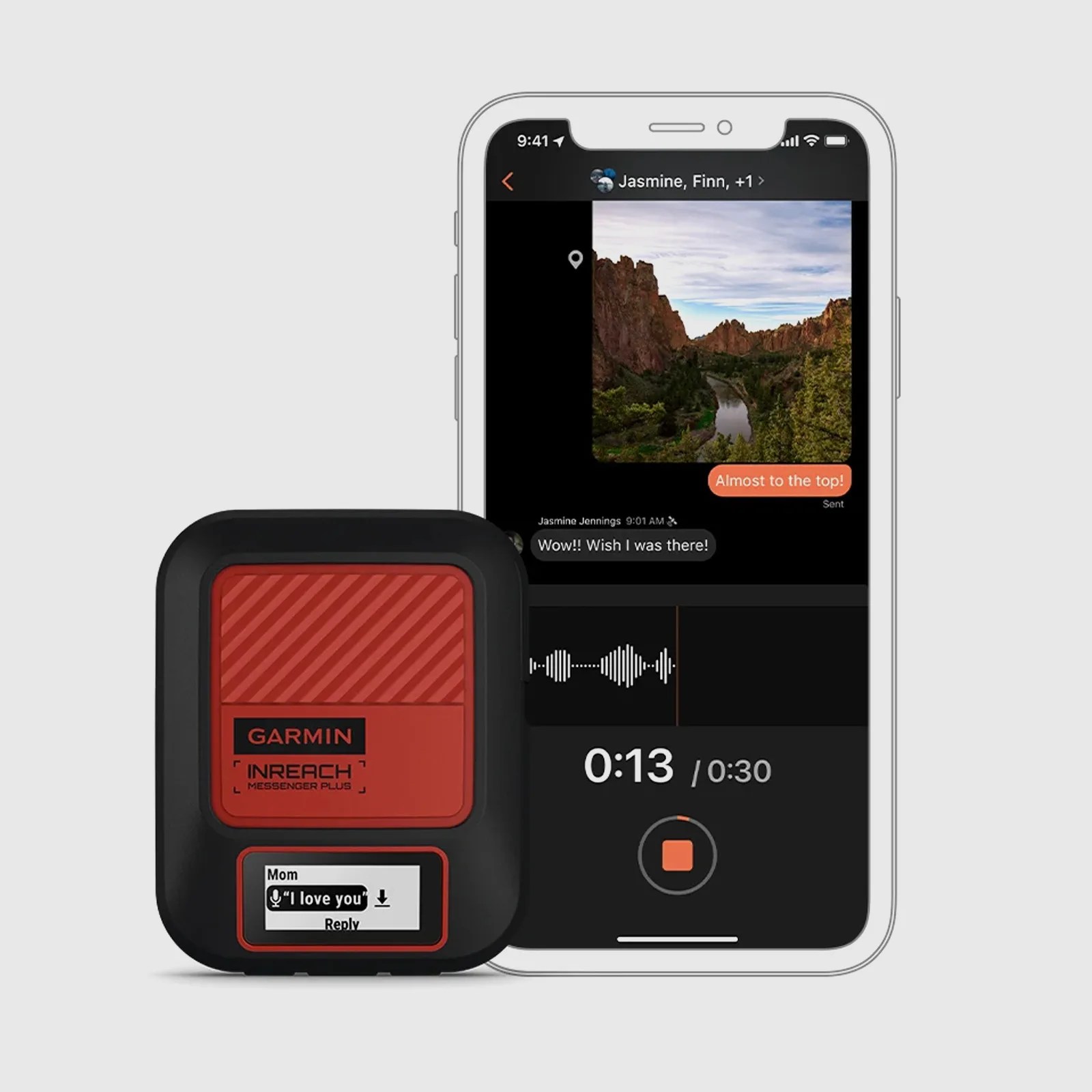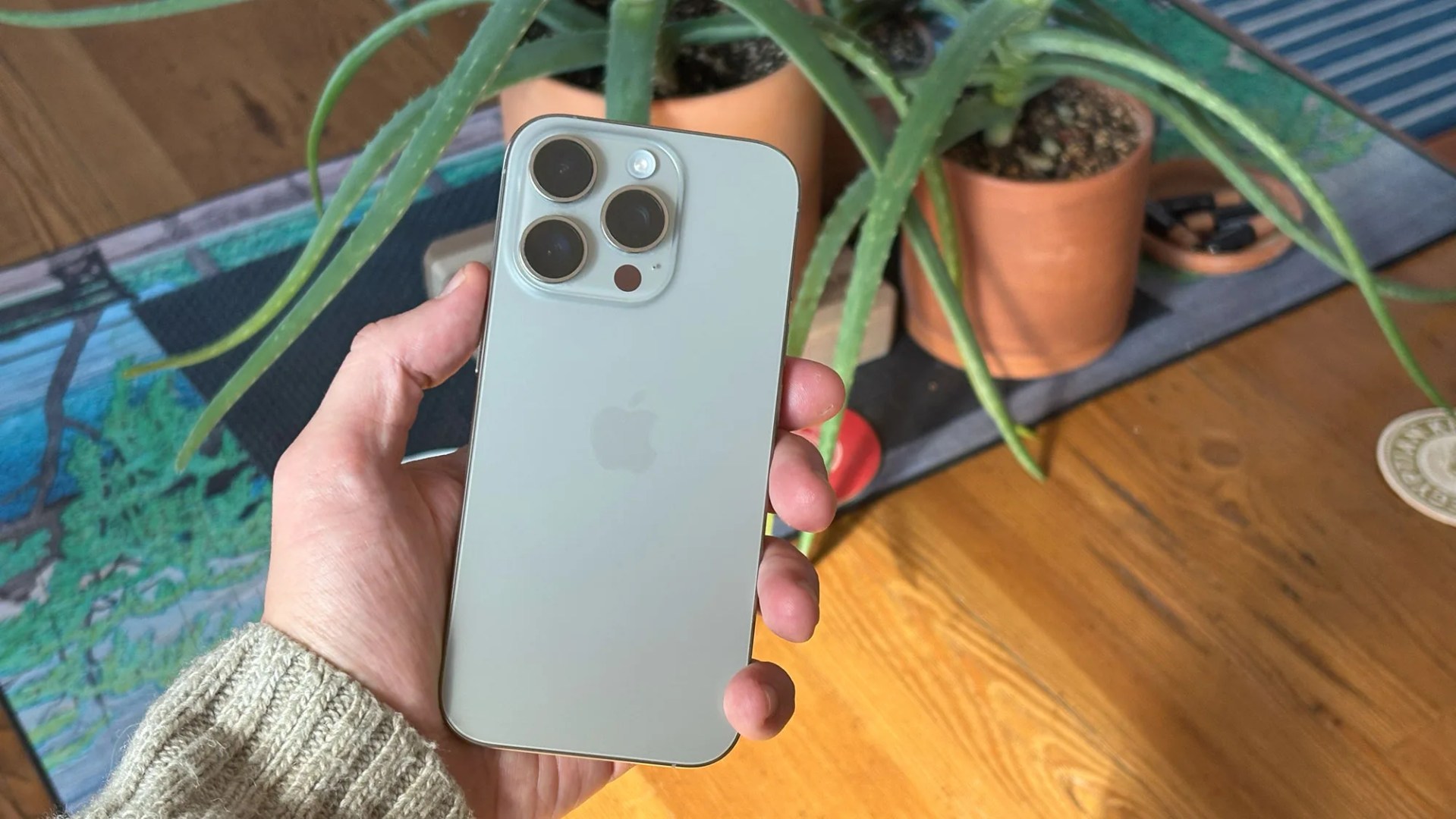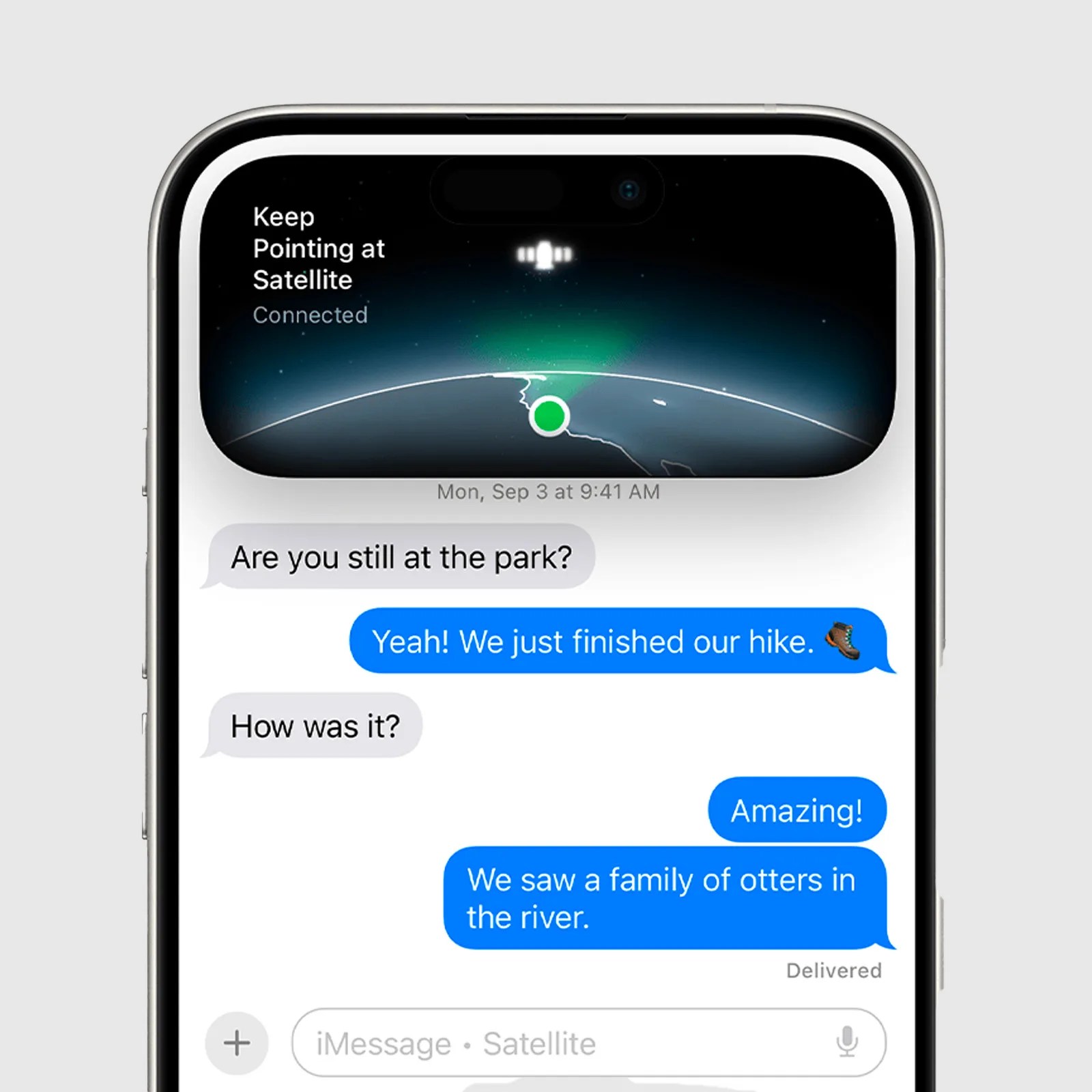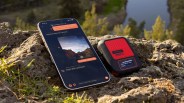Using your smartphone to call for help from the middle of nowhere used to be a fantasy. For years, serious adventurers relied on rugged satellite messengers like Garmin’s inReach series for peace of mind beyond the reach of cellular towers.
But in the last few years, smartphones have quietly begun closing that gap—first with emergency-focused features from Apple and Google, and now with a growing wave of carrier-backed services that promise broader compatibility and richer capabilities.
Satellite messaging is no longer just a niche perk—it’s fast becoming a mainstream feature. And while smartphones still have a way to go before they rival the rugged reliability of dedicated satellite messengers, they’re rapidly becoming smarter, safer companions for anyone heading off the grid.
Here’s a cheat sheet to help you understand the current satellite messaging smartphone landscape, how it compares to dedicated backcountry communication devices, and why the modern iPhone may suddenly be the king of backcountry messengers, especially for U.S.-based Verizon subscribers.
Device-Exclusive Satellite Communication Services
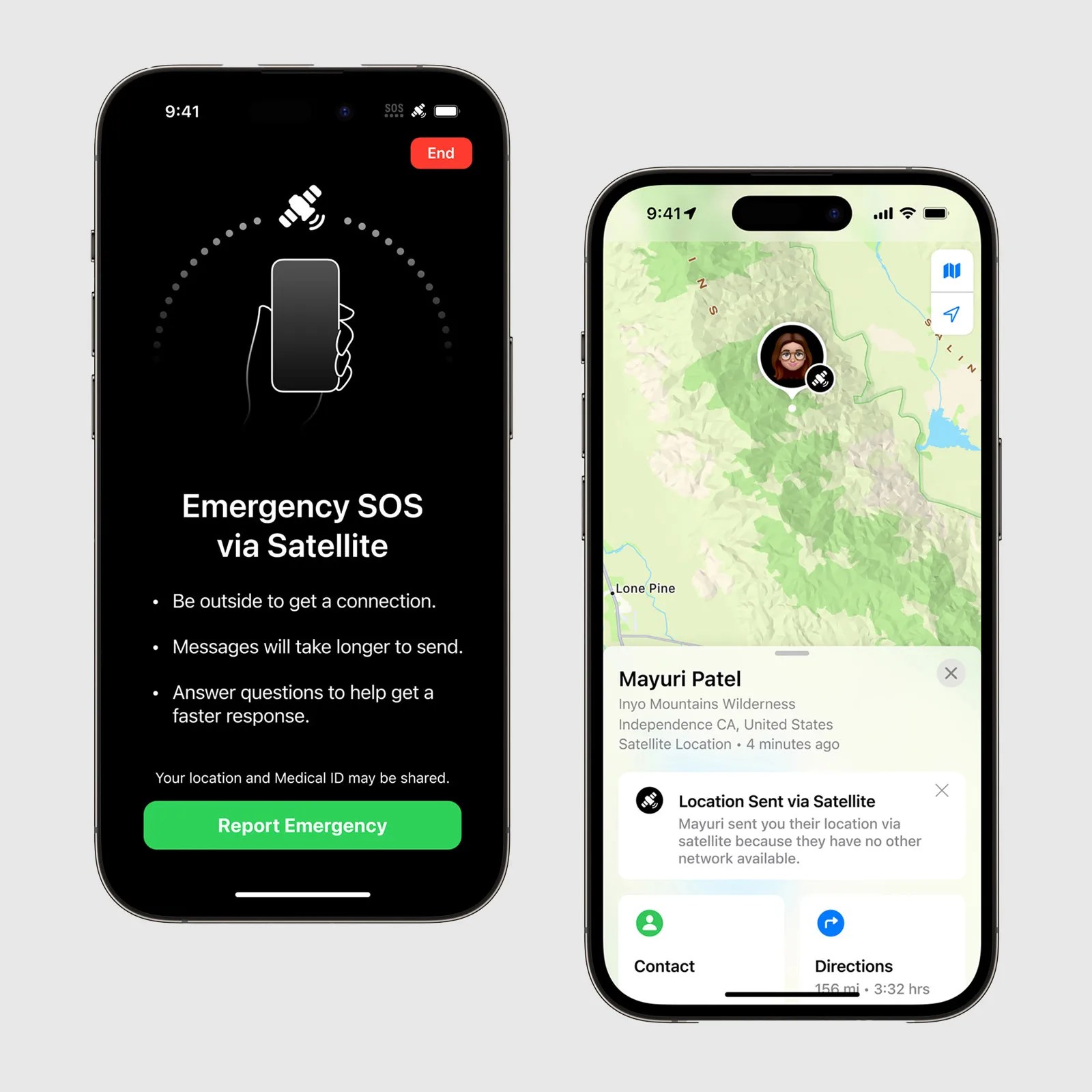
What are they?
Apple set the modern satellite smartphone movement in motion with the introduction of Emergency SOS via satellite on the iPhone 14. Initially launched in 2022 to contact emergency services when no cellular or Wi-Fi signal was available, the feature was groundbreaking—and quickly became standard across newer iPhones. But Apple didn’t stop there.
Over the last two years, the company has quietly expanded its satellite offerings to include Roadside Assistance via satellite, a partnership with AAA that allows users of in the U.S. to request help with things like flat tires and dead batteries when off the grid.

